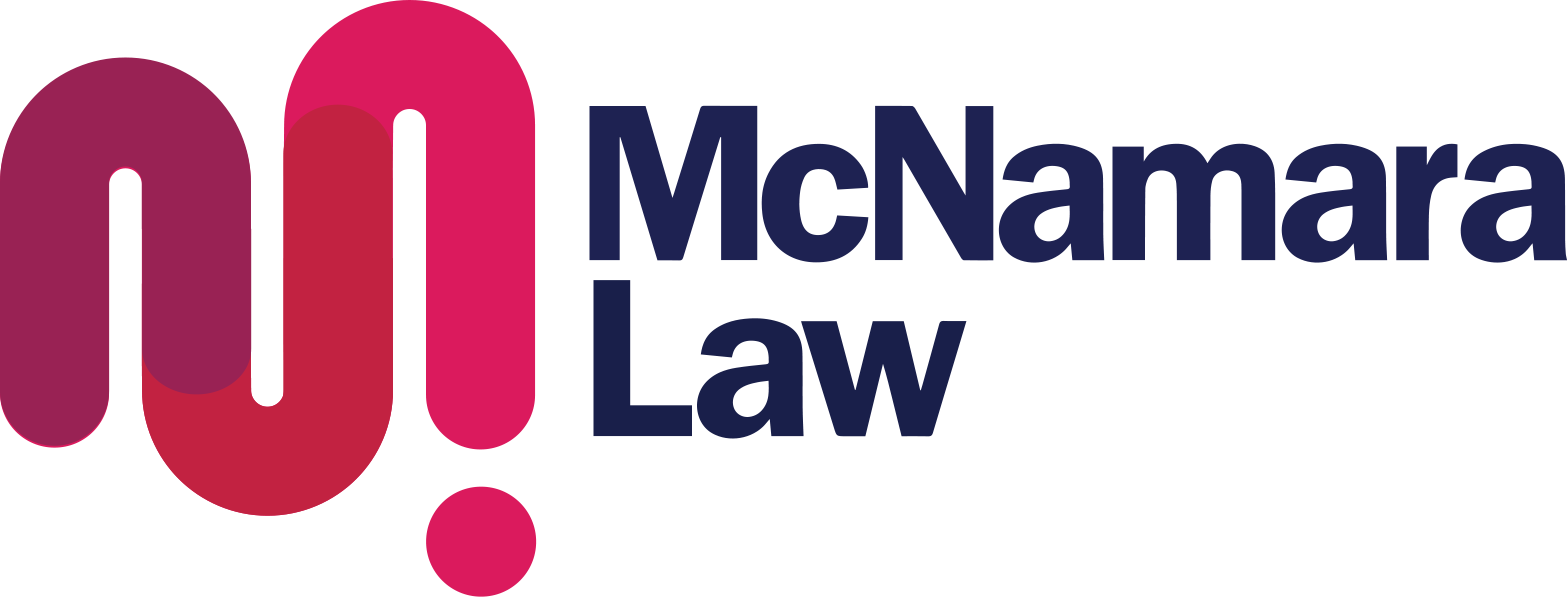Queensland has a common law ‘fault’ based personal injuries, workers compensation and motor vehicle compulsory third party (CTP) system.
These systems provide injured persons, workers and motorists with an avenue of claiming compensation for personal injury if they are injured.
Step 1 – Lodge the claim early
The way in which an injured person claims is different depending on whether they have slipped over in a shopping center, injured themself at work or been in a motor vehicle accident but the first thing they need to know in any of these situations is to lodge a claim early.
Depending on the type of injury, an injured person might only have 6 months to lodge an application (as is the case with workers’ compensation), otherwise the insurer (or respondent to the injury) could reject the application. In other types of injury such as in a slip and fall, or motor vehicle accident, that time to serve a claim is 9 months from the date of the injury. In car accidents where the vehicle at fault is not identified, this time limit is only 3 months.
The insurer/respondents might only accept the claim outside of those times if the injured person has a reasonable excuse for the delay.
Step 2 – Evidence to prove fault
As Queensland has a fault based common law system, an injured person will need to prove someone is at fault for the injury. This means collecting evidence. To start with, photographs should be taken of the site where the injury occurred. Next, statements should be taken from anyone that witnessed the injury, including the injured person preparing a statement. Some injury claims could take years to resolve, so an early record of what the injured person recalls of the accident is very important. These documents will be useful at some time down the track to prove the claim.
Step 3 – Mitigate the loss
The next thing an injured person needs to know is about recovery from their injury.
In any type of claim the injured person has a duty to mitigate their loss. This means that they must do everything reasonably necessary to recover from their injuries. It is best to follow the advice of the treating medical practitioner, whether that be to undergo surgery, participate in physiotherapy, or receive counselling.
Not only does this assist in mitigating the loss, but also helps the injured person reach a better level of functioning following an injury.
Step 4 – Assess the injury
After sufficient recovery from the injury, the injury will become stable and stationary. This means the injury is as good as it is going to get. Medical evidence can now be obtained from Doctors to assess the level of permanent impairment.
Step 5 – Assess the damage
After the assessment of permanent impairment is complete, the damage can be calculated. To make these calculations as easy as possible an injured person should keep a record of all the expense they have incurred because of the injury; ie medication, Doctor bills, kilometers travelled to Doctor appointments, expenses of any modifications to the home and time off work are just some of the examples of the type of expense an injured person should record.
The injured person can then make an offer to the insurer/respondent to resolve the claim – the negotiations begin.
Step 6 – Get legal advice
In any case, it is important to get legal advice about the individual circumstances when claiming compensation. Failure to get legal advice could result in an injured person missing compensation they might otherwise be entitled to receive. Not everyone will know about G v K damages, or statutory refunds, or how to prepare a statement of loss and damage. The injured person might even be able to claim for total and permanent disability with the superannuation fund, or there may be subrogation rights of an income protection insurer.
If you need assistance with claiming compensation, contact one of our injury lawyers today.

